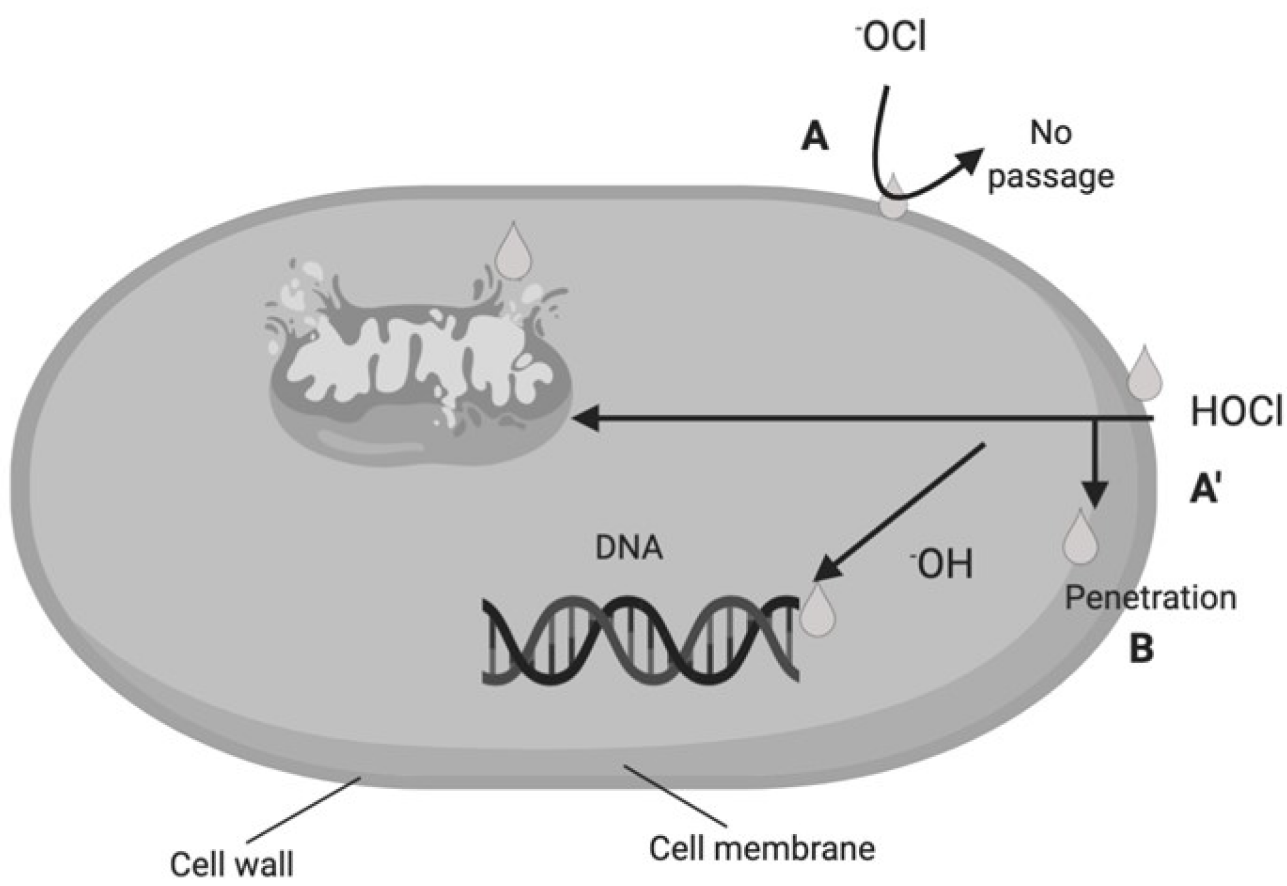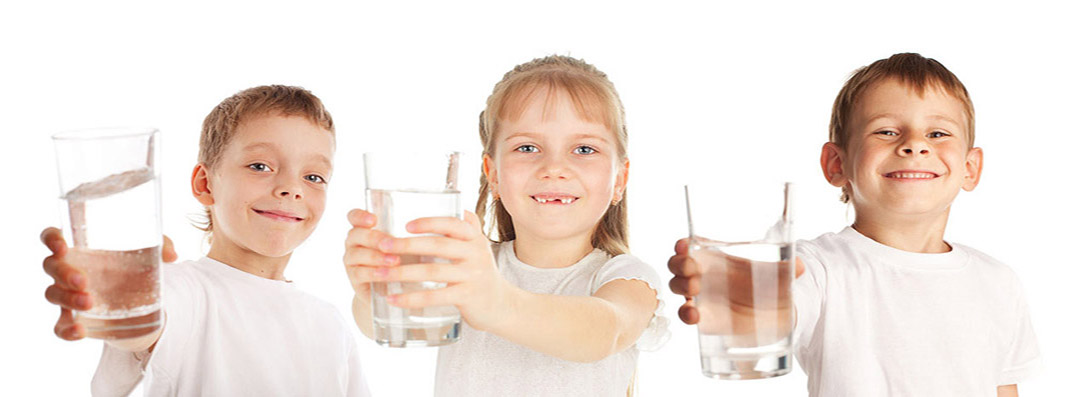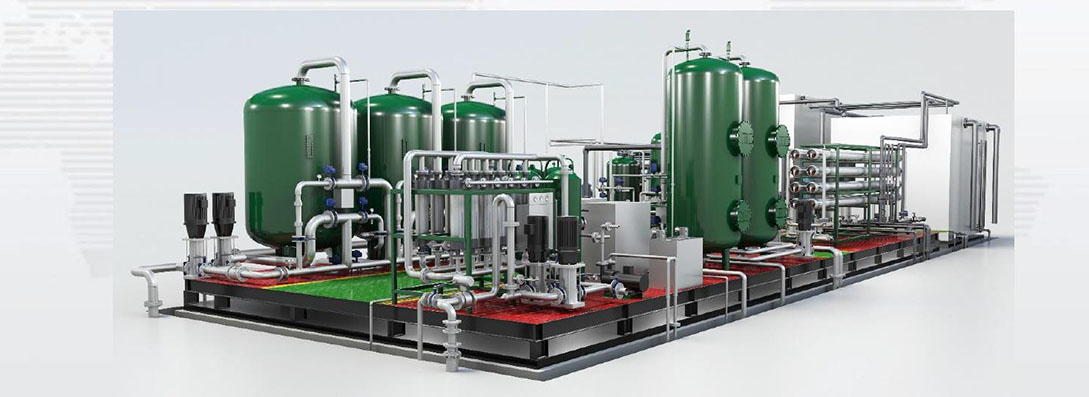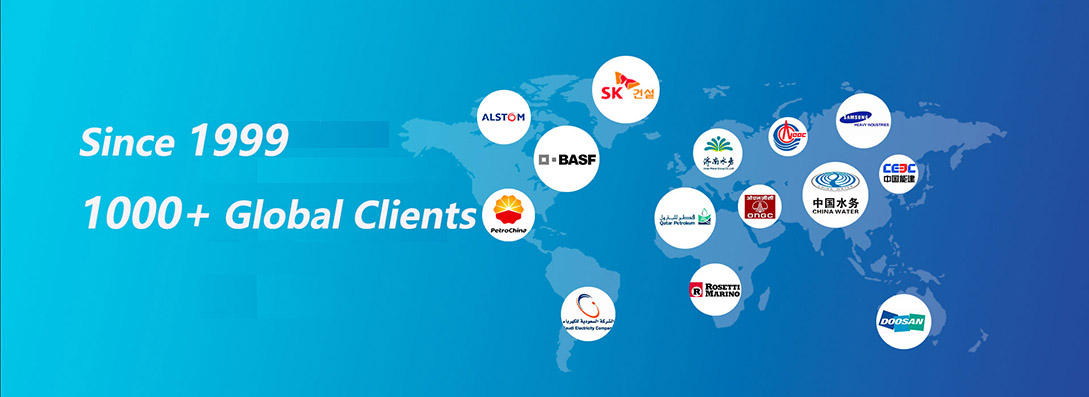Difference Between Hypochlorous Acid and Sodium Hypochlorite
Sterilization principle
Sodium hypochlorite disinfectant (sodium hypochlorite) and bleaching powder (calcium hypochlorite) are all inorganic chlorine-containing disinfectants, but the performance of inorganic chloride is very unstable.
Sodium hypochlorite disinfectant (sodium hypochlorite) and bleaching powder (calcium hypochlorite) are all inorganic chlorine-containing disinfectants, but the performance of inorganic chloride is very unstable.
The main mode of action of sodium hypochlorite disinfection water is to form hypochlorous acid through hydrolysis, and then sterilize through the formed hypochlorous acid, and indirectly play a disinfection role.
Hypochlorous acid (HCIO) Japanese scientist Professor Fukuzaki explained the bactericidal principle of hypochlorous acid in a paper published in "Biocontrol Science" in 2006:
[ HOCl + protein of pathogens or organisms ]
H-O-Cl + R-NH2 → R-NH-Cl + H2O
H-O-Cl + R-SH → R-S-Cl + H2O
Hypochlorous acid also has great advantages in terms of safety and environmental protection. Its bactericidal power is 80-150 times that of ClO¯ (theoretical value), and it does not produce harmful substances. 
Security
Sodium hypochlorite (Naclo) is a strong base and weak acid salt, so it has a strong burn effect on skin mucous membranes and respiratory mucous membranes, especially sodium hypochlorite reacts with acid to generate chlorine gas, which can pass through skin mucous membranes or respiratory mucous membranes, and conjunctiva. Causes severe burns.
Hypochlorous acid (HCIO) is the only one in the latest national standard of the People's Republic of China (GB/T36758-2018 "Hygienic Requirements for Chlorine-Containing Disinfectants") that began to be implemented in April 2019. Hands, skin, mucous membranes.
Studies have shown that when it is close to neutrality (pH5.5-6.5), available chlorine exists almost entirely in the form of HClO molecules. It is mild and non-irritating, colorless and odorless, and can directly contact the skin. It is suitable for young people, pregnant women, and sensitive skin.
Usage method
Sodium hypochlorite (NaClO) usually needs to be diluted manually and proportionally, and protective measures should be worn during the dilution process. In addition, when using sodium hypochlorite for disinfection, avoid the presence of children and the elderly, and keep the indoor air circulation, and wash with water after 30 minutes of action to remove disinfection residues.
Hypochlorous acid (HCIO) can be used directly without preparation and blending, and there is no need to wear protective measures when using it. Its ingredients are stable, and it can be sprayed on a large area, soaked in smear, disposable, and can directly contact the skin without any safety hazard. From the above comparison, hypochlorous acid has the advantages of relatively high safety performance, strong sterilization ability, and good environmental protection. Choose the appropriate disinfectant, do a good job of daily sanitation and disinfection, and give yourself and your family the best protection.
Application
Application
Sodium hypochlorite (Naclo) is mainly used in bleaching, industrial wastewater treatment, papermaking, textile, pharmaceutical, fine chemical and other fields. It is not recommended to use naclo disinfectant to disinfect vegetables, fruits and other food, table and kitchen utensils to avoid residual disinfectant.
Hypochlorous acid (HCIO) is widely used in the sterilization and disinfection of food, beverage, aquatic products, animal product factories, kitchens, restaurants, agriculture, forestry, animal husbandry and fishery, laboratories, pharmaceutical factories, hospitals, nursing homes, kindergartens, schools, hotels and other environments, Disinfection of hands, skin and mucous membranes. It can not only be used for large-scale spraying, but also can be used for space sterilization and deodorization, formaldehyde removal and mite removal. After sterilization, it can be directly reduced to water without corrosion residue.
Application
Contact Us

Name: Diana
E-mail: [email protected]
Skype: +86-15-22-27-71-011
WeChat: +8615222771011
Whatsapp: +8615222771011
Add: Office N.420D-C1 Tower Ajman,UAE









 Skype Chat
Skype Chat WhatsApp
WhatsApp  Mail inquiry
Mail inquiry
